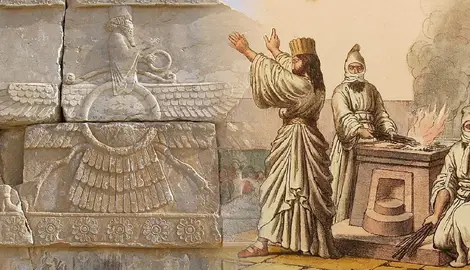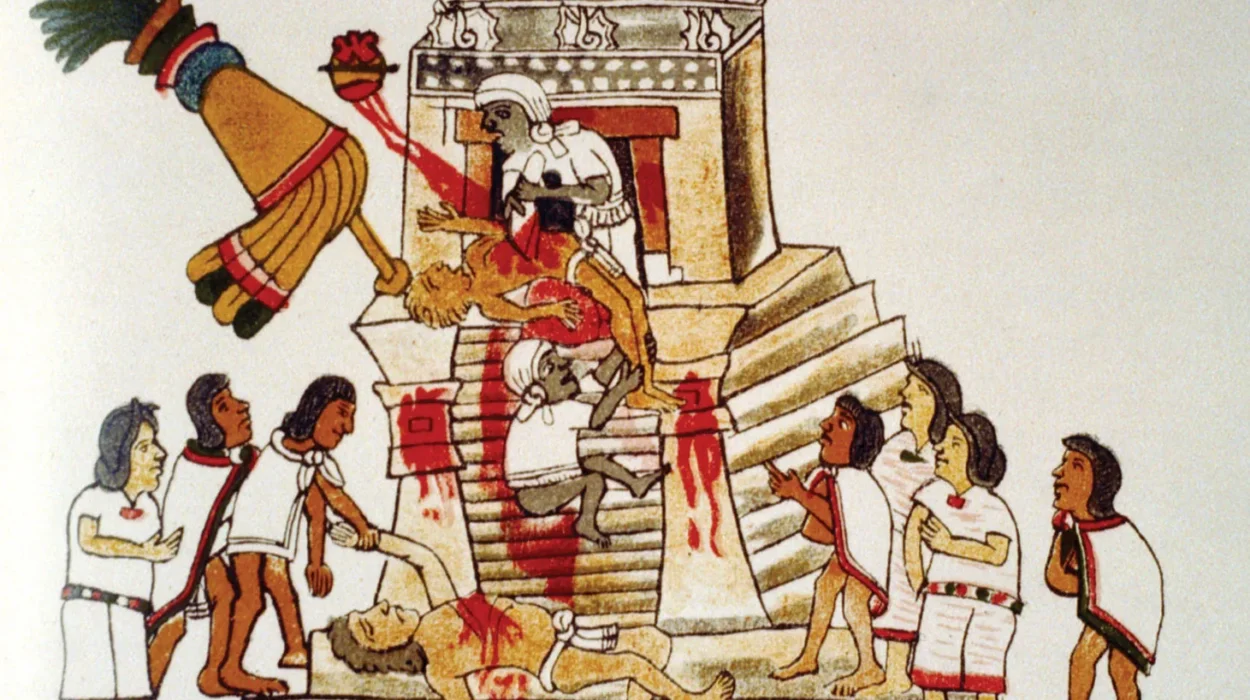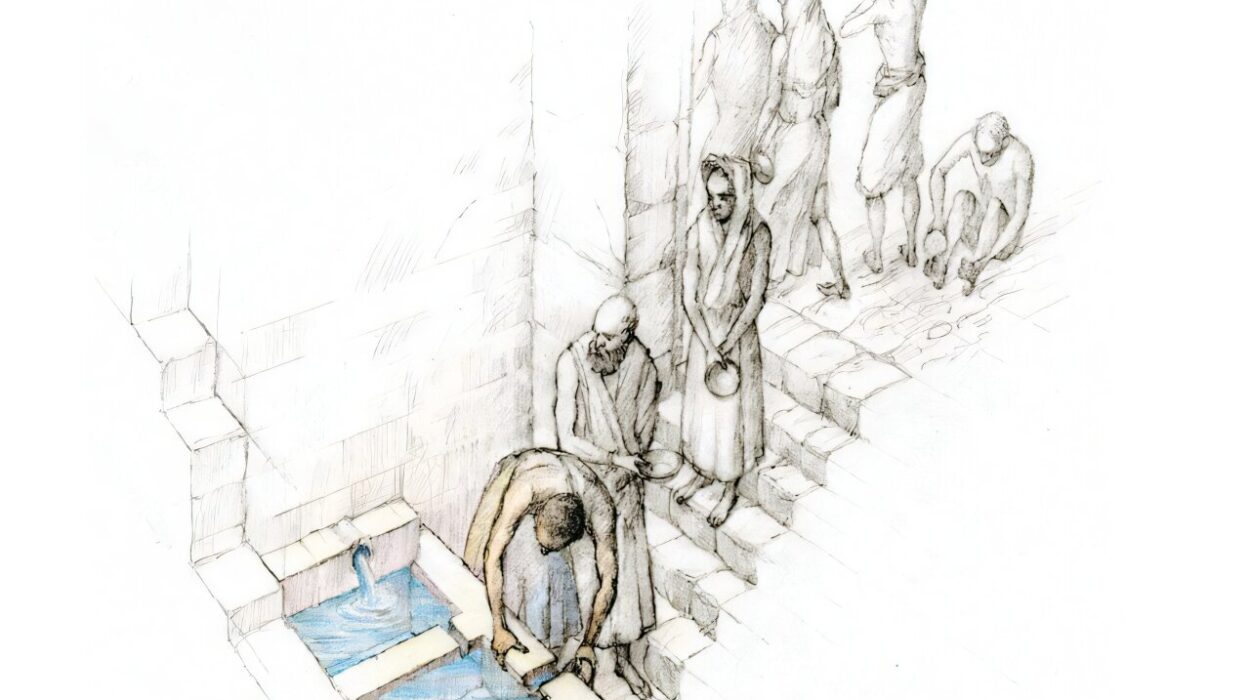For centuries, historians and scientists alike have pictured the Black Death racing across Asia, hitching a ride along the Silk Road, and wiping out communities in its path before reaching Europe in the mid-fourteenth century. This image of the plague as a dark traveler sweeping from China to the Mediterranean in just a few years has shaped popular imagination and even scientific theories. But as new research reveals, much of that story can be traced back to a single mistaken source—a fourteenth-century Arabic literary work that was never meant to be taken literally.
Recent scholarship has uncovered how a poetic tale written by the Syrian author Ibn al-Wardī became the accidental foundation for one of history’s most enduring myths. Far from being a factual chronicle of disease, the work was a piece of creative literature that used metaphor and personification to explore human suffering. Yet for hundreds of years, readers—including historians—mistook it for a scientific account.
The Poet Behind the Plague
In 1348–1349, as the Black Death raged through the Middle East, Ibn al-Wardī, a poet and historian from Aleppo, wrote a work known as a maqāma. The maqāma was a popular Arabic literary genre of the time, known for its rhymed prose, playful language, and moral lessons. These works often followed a clever, wandering “trickster” character who used wit and deceit to navigate difficult circumstances.
In Ibn al-Wardī’s Risāla, or “epistle,” the plague itself became that wandering trickster—a mysterious, roaming figure who traveled from distant lands “beyond China,” across India, Central Asia, Persia, and finally to the shores of the Black and Mediterranean seas. Along the way, it deceived people and devastated cities, leaving ruin and death in its wake.

It was a haunting and vivid image, one that captured the chaos and uncertainty of a world gripped by a mysterious and deadly disease. But it was also meant as an allegory—a poetic reflection on human vulnerability, not a scientific report.
From Literature to “Fact”
Despite its literary nature, Ibn al-Wardī’s maqāma was gradually misread as a factual description of how the plague spread. Because Ibn al-Wardī also quoted parts of his tale in his historical writings, later scholars began to assume the Risāla was a historical source. Over time, it became the cornerstone for a “quick transit” theory—that the plague moved more than 3,000 miles across Asia in less than a decade, from an origin in what is now Kyrgyzstan to the ports of the Black Sea.
According to this theory, the plague’s rapid overland journey along the Silk Road set the stage for the catastrophic pandemic that swept through the Middle East, North Africa, and Europe between 1347 and 1350. For generations, this story appeared in textbooks and scientific studies, often accepted without question.
However, a new study published in the Journal of Arabic and Islamic Studies reveals that this interpretation was built on a centuries-old misunderstanding. Researchers Muhammed Omar, a Ph.D. candidate in Arab and Islamic Studies, and Professor Nahyan Fancy, a historian of Islamic medicine at the University of Exeter, traced the origins of the myth and discovered that it all leads back to Ibn al-Wardī’s poetic creation.
“All roads to the factually incorrect description of the spread of the plague lead back to this one text,” Professor Fancy explained. “It’s like it sits in the center of a spider’s web of myths about how the Black Death moved across the region.”
A Literary Trickster Becomes a Scientific Error
In his maqāma, Ibn al-Wardī gave the plague a personality—it “traveled,” “tricked,” and “conquered” the world. Over a span of fifteen years, the plague’s journey symbolized both its physical spread and the psychological terror it caused. To the poet’s audience, this personification was a familiar literary device. The maqāma genre was known for its wit and moral storytelling, not for factual reportage.
But later historians, especially in the fifteenth century, began to treat the story as literal. They copied and cited Ibn al-Wardī’s work as evidence of the plague’s route through Asia. European scholars who later encountered these Arabic sources through translations reinforced the same idea. The poetic metaphor was lost in translation—literally and figuratively—and what began as a creative coping mechanism for a terrified world turned into a scientific “fact.”
This misreading persisted for centuries, influencing both historical and biological interpretations of the Black Death’s spread. Even modern genetic research, which studies the DNA of the Yersinia pestis bacterium, has sometimes drawn upon the “quick transit” theory to explain the pathogen’s movement.
Rediscovering the Meaning of the Maqāma
The new study does more than correct a historical mistake—it invites us to rediscover the richness of medieval Arabic literature. The maqāma, a genre that originated in the tenth century, was beloved among educated circles across the Islamic world. These works combined storytelling, poetry, satire, and moral reflection, often written in ornate prose and designed to be recited aloud in a single sitting.
By the fourteenth century, especially under the Mamluk dynasty, maqāmas were thriving as a way to explore human experiences, including suffering and death. Ibn al-Wardī’s Risāla was one of at least three maqāmas written about the plague in 1348–1349. Each of these works offers unique insights into how people at the time processed catastrophe—not as detached historians, but as human beings trying to make sense of immense loss.
For the people living through the Black Death, literature was not just entertainment; it was a way of coping. The poetic imagination allowed them to confront fear, find meaning, and express resilience amid disaster.
A Mirror of Human Resilience
Professor Fancy and his co-author argue that Ibn al-Wardī’s maqāma reveals more about the human response to plague than about the disease itself. “These writings can help us understand how creativity may have been a way to exercise some control and served as a coping mechanism,” Professor Fancy said. He drew parallels to the COVID-19 pandemic, when people around the world turned to art, music, cooking, and storytelling to manage uncertainty and isolation.
The maqāmas, he suggested, were a medieval version of that same impulse. By personifying the plague as a wandering trickster, Ibn al-Wardī gave his readers a sense of agency. The disease could be mocked, described, and even outwitted through words. Storytelling turned chaos into narrative, and fear into art.
These texts remind us that in times of crisis, humans have always used creativity to regain some sense of control over forces that seem beyond comprehension. The plague, no matter how deadly, could be captured in verse—and in that act of creation, survival took on meaning.
Rethinking the History of the Black Death
Correcting the misinterpretation of Ibn al-Wardī’s work also opens new doors for historical research. If the “quick transit” theory is based on a misunderstanding, then the story of how the plague spread across Asia must be revisited.
Historians can now turn their attention to earlier outbreaks—such as the plague that struck Damascus in 1258 or the one that hit Kaifeng in China in 1232–1233. These events may have shaped how later generations understood and wrote about disease. Rather than a single, sudden wave of infection speeding along trade routes, the spread of the Black Death may have been a slower, more complex process involving multiple regions and earlier transmissions.
By freeing the narrative from the constraints of a poetic misreading, scholars can focus on real evidence—genetic, archaeological, and documentary—to reconstruct the true history of one of humanity’s deadliest pandemics.
Beyond the Myth: Lessons for Today
The revelation that a medieval poem shaped centuries of scientific thinking is more than an academic curiosity—it is a humbling reminder of how stories can influence our perception of truth. In a world where misinformation can spread as quickly as a virus, the story of Ibn al-Wardī’s maqāma shows how easily fact and fiction can intertwine when context is lost.
But it also shows something deeper and more hopeful: that even in the darkest times, humanity has always turned to creativity to survive. Just as people during the Black Death found meaning in stories, so too did people in the modern world during global crises like COVID-19. Art, literature, and imagination remain vital tools for processing trauma and preserving hope.
The Power of Words in the Face of Death
The Black Death claimed tens of millions of lives, reshaping societies, economies, and faiths. Yet amid that devastation, the human urge to create did not fade. Ibn al-Wardī’s poetic vision stands as a testament to that resilience. Though misunderstood for centuries, his work was never just about death—it was about endurance.
By revisiting his maqāma in its proper light, historians are not only correcting the record but also honoring the humanity of those who lived through one of history’s darkest chapters. The plague may have silenced many voices, but through the art of storytelling, others found a way to speak—and to remind future generations that even in the face of mortality, imagination endures.
In rediscovering the true meaning of Ibn al-Wardī’s words, we uncover not only a new understanding of the Black Death but also an ancient truth: that stories, even when misunderstood, have the power to shape the world—and, when understood anew, the power to heal it.
More information: Muhammed Omar et al, Mamluk Maqāmas on the Black Death, Journal of Arabic and Islamic Studies (2025). DOI: 10.5617/jais.12790






